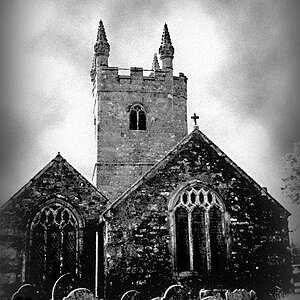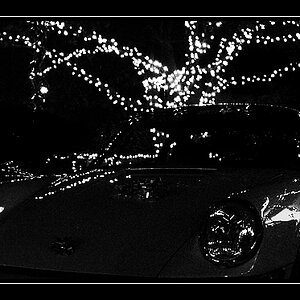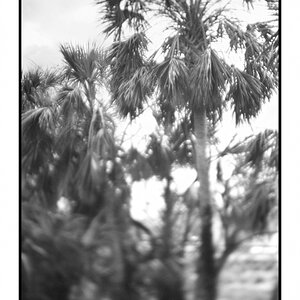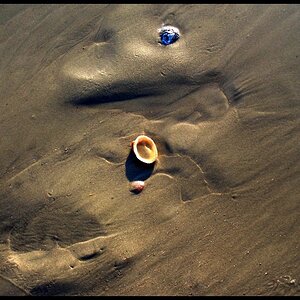ElizaMM
TPF Noob!
- Joined
- Aug 22, 2015
- Messages
- 106
- Reaction score
- 5
- Can others edit my Photos
- Photos OK to edit
Can someone please tell me how to get color into a photo of the center of the Milky Way? I am thinking of the wonderful image with beautiful blues in the current Subaru car television commercial. Haven't been able to find it on line, so I can't give you a URL. Is it all post processing? Is the light/contrast/saturation/sharpness manipulated in each layer? Is it necessary to separate the colours to RGB and handle them individually? When trying to include a foreground object, how many shots/layers would be necessary? Now that I've asked, it sounds like it might be a huge job. The limitation on my zoom lens is 24mm, f/4. A new lens is not in the budget for the moment.






![[No title]](/data/xfmg/thumbnail/40/40287-4f839095000f74d779b90ed75df9dc62.jpg?1619739408)
![[No title]](/data/xfmg/thumbnail/34/34483-f862f99992bbdd79e95d390a65e59f6e.jpg?1619736510)





